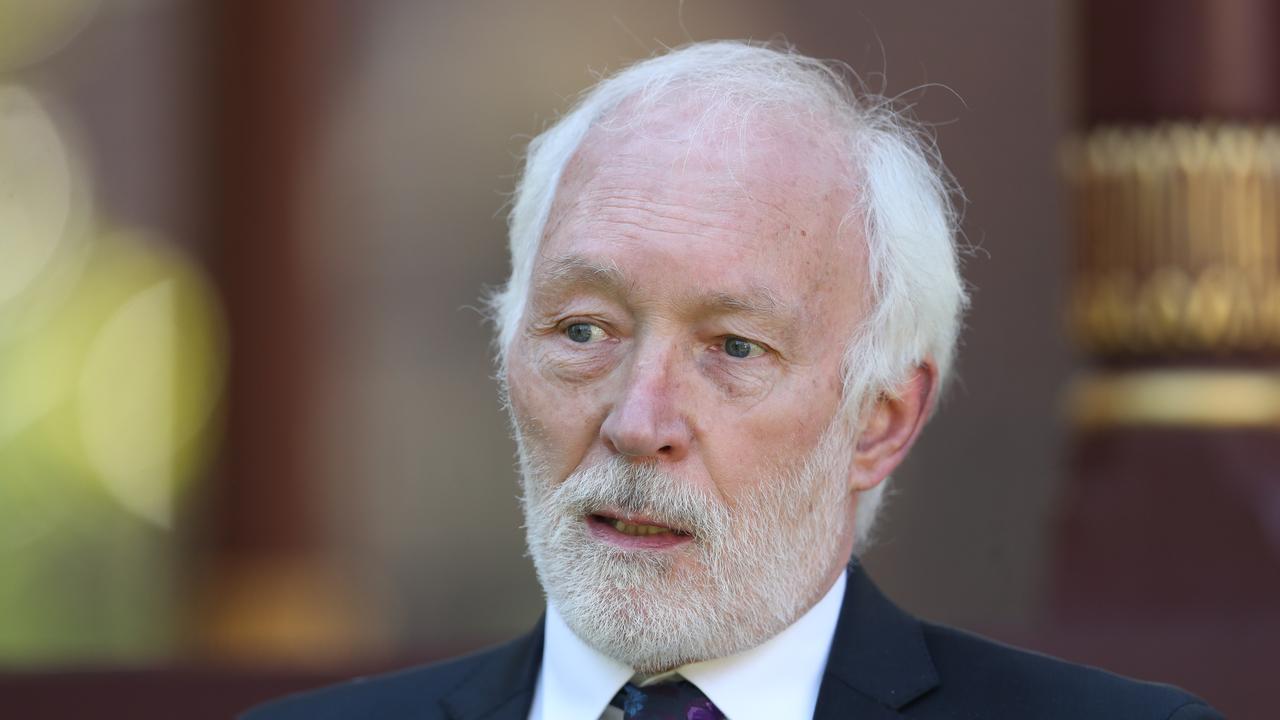‘Fast-track tool’ to save aged-care sector $250m
Bureaucrats will use a new, one-hour analysis tool to work out the needs of older Australians destined for care in a system overhaul.

Bureaucrats will enter the homes of older Australians destined for care and separate them into “cost classes” using a one-hour assessment tool that will save providers and businesses a quarter of a billion dollars each year.
Documents obtained by The Australian under Freedom of Information laws provide the first details of a new funding model being considered by the federal government that would replace the Aged Care Funding Instrument.
The report from Pioneering Economics reveals that aged-care providers currently spend more than $250 million each year on performing assessments of residents’ care needs, while the federal government spends just $5m to check these claims.
Despite overall savings to the sector, a new system would cost the federal government $145m annually. So-called ACFI assessments are the foundation for the basic care subsidies taxpayers provide to the $17 billion aged-care sector each year, but the system is so unwieldy that it has been criticised by providers and government and is due for reform.
In 2016, Scott Morrison as then treasurer cut $1.2bn from the ACFI by freezing indexation rates and changing the scoring matrix for the care subsidies that flowed to providers which has, for the first time in more than a decade, seen rising care costs jump ahead of the amount organisations receive from taxpayers to pay for that care.
The Royal Commission into Aged-Care Quality and Safety opened the door to public submissions on Christmas Eve and providers have already been asked to provide detailed lists of all instances of substandard care in each of their nursing homes or services dating back five years.
Aged-care providers have argued that funding cuts to the ACFI have, over a period of years, amounted to substantial financial difficulties and compromised care for residents.
As part of a reform process, Aged Care Minister Ken Wyatt commissioned the “Wollongong report” to develop an assessment tool that would replace the ACFI altogether. Although this has not yet been released — it is due to be announced early next year — elements were provided to Pioneering Economics for its own report on the cost of a workforce to implement the tool.
“The Resource Utilisation and Classification Study tool has been specifically designed to place residents into cost ‘classes’ built around functional abilities and limitations that drive cost to providers,” the document says.
“This negates the need for a lengthy assessment process and more importantly negates the need to collect excessive evidence of care delivery showing tasks complete for each resident.”
Although the University of Wollongong was still trialling its assessment tool at the time the report was written, “the university advised that the majority (75 per cent) of assessments took less than one hour”.
The new tool could be used in the home of an older person before they ever get into care.
Under the current ACFI system, providers are required to assess residents on their care needs over a period of 28 days and then government reviewers take two to three days for each nursing home to run the ruler over just 10 per cent of the evidence “packs” submitted by providers.
Despite vast inefficiencies in the system, a new model would end up costing taxpayers more than $140m each year because the commonwealth does not pay for the assessments and spends only $5m on reviews.
Whether the new system is performed by in-house bureaucrats or a fully contracted external workforce remains an open question.



To join the conversation, please log in. Don't have an account? Register
Join the conversation, you are commenting as Logout